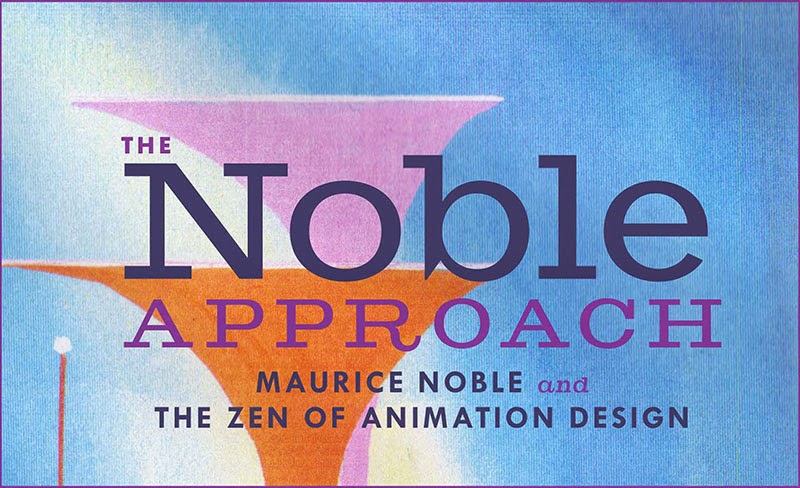A Maurice color key sketch (top) with a Phil DeGuard background from "Boyhood Daze." (1957) courtesy of Paul Bussolini
Phil's final backgrounds (as in the above example) were often painted lighter and with less contrast than Maurice's color keys. The reason being that under camera each background carried an average of 5 cel layers on top of it. Each cel layer would darken the background a certain percentage.
A background and cel set-up from "Boyhood Daze." (1957) courtesy of Mike Giaimo.
It is easy to see the striking difference in value and contrast between a "naked" background, and one shrouded in its cel covering. Maurice would test background/ cel setups under camera to make sure all the elements looked correct BEFORE committing to a specific design approach. A pretty background painting meant little if it didn't work under the lens. Only once key shots worked to Maurice's satisfaction would Phil would move forward with the backgrounds on the rest of the film.
Supplement to pg. 146 of The Noble Approach














